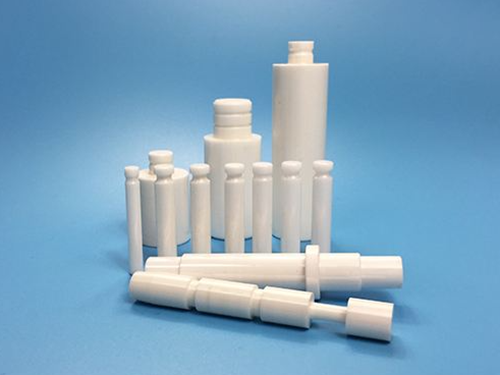
During the processing of zirconia ceramics, pure zirconia ceramics undergo sintering and cracking. Zirconia made by grouting method is naturally air dried for 3 days and then placed in a high-temperature furnace. The temperature is raised to 1450 ℃ at 3 ℃/min and 5 ℃/min, respectively. After being kept for 4 hours and cooled out of the furnace, cracking occurs. Do you know what are the reasons for the cracking of zirconia ceramics? Here is an introduction for you:
The reasons for the cracking of zirconia ceramics are as follows:
1. Volume:
Due to the significant volume changes that occur when zirconia ceramics are converted from monoclinic to tetragonal phases, and after cooling, there will be volume changes in the opposite direction, which can easily lead to cracking of zirconia ceramics and have a certain impact on the product's high-temperature use. However, adding appropriate additives can improve the performance
2. Sintering:
Sinter in a neutral or oxidizing atmosphere at 1800-1840 degrees Celsius. The phase transition of zirconia ceramics has a significant volume change, which allows for energy absorption or release. We can look at the one-dimensional phase diagram of zirconia and see the phase transition point, which may be the main cause of cracking. Moreover, many of the phase transitions of zirconia ceramics are suppressed through doping, such as YSZ or SSZ, which are commonly used in high-temperature fuel cells, which stabilize a certain phase to room temperature through doping. Generally, Y oxides or other materials need to be doped to suppress the phase transition of zirconia. If you do not add any inhibitors, cracking during the sintering process is inevitable
In summary, it is the reason for the cracking of zirconia ceramics. If you encounter cracking during the processing of zirconia ceramics, you can analyze the reasons and solve them according to the above

Dongguan Zhongli Nano Ceramics Technology Co., Ltd. © Copyright 2023
【Backstage】